|
*Note: this post contains Amazon Affiliate links. Any purchases made via the links provided go to support our literacy efforts.
Hang tight, parents, we’re halfway there! The word halfway though is very subjective. Could be a good thing and you’re reaching an end point or a bad thing and you’ve left something behind, but either way, you can’t go back and yell, “do over!”
It was in the summer with all this virus mess that I realized that homeschooling was going to be the best option for both my daughter and myself, though not without some stress. Mine, not hers. I tell myself that it’s only kindergarten but know that one always needs a strong foundation to build upon and so these early years do matter, so back to stressing. Then I read a blog from a homeschooling mom who said that if she had to do it all over again, she would relax more, read a ton of books and slow down, basically stopping to smell the roses as the saying goes. Slow down and see the value in the small things not missing opportunities that might pass by. And that’s just what I’ve done. I’ve slowed down and look for the everyday teachable moments that might be turned into extended learning opportunities and the end result has been a happier child filled with curiosity and imagination, excited to learn.
I can’t redo the first half of her “school year,” but I’m not sure that I would want to because making the changes that I have has shown me just how unimaginative and limiting sitting in front of a computer screen and filling out worksheets can be and that learning doesn’t have to be just during the hours of 8:00 to 3:00. I haven’t given up all computer work and still offer worksheets and wipe clean boards but I’ve been reading books throughout the day and have found that learning can also take place when you least expect it. For example:
These are just a few of the things that I’ve been doing with my daughter that shows me how her curious mind fuels her thirst for knowledge and how excited she gets to find the answers, and as we say that we are lifelong learners, I too have been learning new things when we do our searches. Don’t ever be afraid to tell your children that you don’t know something. It shows them that learning is a life long process and that we all can learn something new, as well as how to go about finding an answer to their question.
“Never stop learning, because life never stops teaching.”
Happy learning!
-Kate @ BTBL Author
We are three generations that seek a way to get back to basics. It’s not that we eschew technology, but sometimes simpler is better, especially in raising our children. Mom was a reading teacher, Amanda is an early childhood educator and Kate a children’s literature specialist and former school librarian along with the latest additions, a daughter (now 5) for Kate, and two sons (now 3 and 1) for Amanda. We advocate reading aloud, the simple toys that use imagination and encourage creativity and learning in the kitchen, which can be a fun mess but also teaches life skills. Join us in raising healthy, happy, inquisitive and intelligent children.
0 Comments
*Note: this post contains Amazon Affiliate links. Any purchases made via the links provided go to support our literacy efforts.
Spring has sprung (although it's currently feeling more like summer) and the bugs have arrived. Most of us think of ways to get rid of the pests, but bugs can offer a summer full of reading, science and biology lessons. The natural curiosity of children makes this a fairly easy endeavor because most kids will find some bug fascinating. This is a great time for you as the parent to instruct your child how some bugs are beneficial and serve an ecological function and also offers a valuable opportunity to teach your child about the life, growth, death cycle. If you yourself are not well versed in insects, check out online sites such as National Geographic Kids or The Amateur Entomologists Society’s The Bug Club. You can begin in a fun way by watching the movie A Bug’s Life and then move on from there. Tailor learning to your child’s age, ability and interest. Start by reading stories about bugs. There are board books for the littlest ones, picture books for all ages and chapter books.
Next, use your child’s natural curiosity to locate and observe bugs. Get a magnifying glass and a bug box or jar and let your child loose in the backyard. Include walks in the country, woods and parks and don’t forget to check out rivers and lakes. Teach them to observe, describe, document, research and then they will have added to their background knowledge. Some ideas might include:
Remember that this isn’t a one-time activity but something that you can continue to revisit throughout the summer and beyond. Make bug crafts with your child (search the Internet for ideas,) play bug games such as Cootie or Mojo Education Bug-tastic Memory Match Game and look for events at local parks and nature centers that teach about insects. Learning about bugs will use those skills your child already has, building confidence and will further create new skills, to help further development, so go ahead and embrace the creepy crawlies this summer.
A quick Google search or browse through Amazon with the key words 'bug books for kids' will come back with a plethora of results, so we've put together a list of our favorite, buggiest bug books!
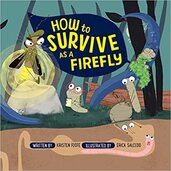
This particular title, How to Survive as a Firefly by Kirsten Foote, deserves a moment in the spotlight. Not only is this book witty and laugh-out-loud funny, it is also illuminating (see what I did there, ha) and highly engaging for all ages. Follow along as a stern, older firefly (reminiscent of a drill sergeant) is educating the new larvae on what it takes to become and survive as a firefly. There's tons of unique vocabulary, such as metamorphosis and bioluminescence, lots of interesting facts scattered throughout in various sidebars and diagrams, and follow-up pages after the story with additional information, as well as a glossary. Use your best commanding voice when reading this one aloud or turn it into a reader's theatre!
Usborne Books & More
I am an Educational Services Representative, as well as Independent Consultant, with Usborne Books & More.
Happy bug hunting and reading!
-Kate @ BTBL Author
We are three generations that seek a way to get back to basics. It’s not that we eschew technology, but sometimes simpler is better, especially in raising our children. Mom was a reading teacher, Amanda is an early childhood educator and Kate a children’s literature specialist and former school librarian along with the latest additions, a daughter (now 4) for Kate, and two sons (now 1 and a newborn) for Amanda. We advocate reading aloud, the simple toys that use imagination and encourage creativity and learning in the kitchen, which can be a fun mess but also teaches life skills. Join us in raising healthy, happy, inquisitive and intelligent children.
*Note: this post contains Amazon Affiliate links. Any purchases made via the links provided go to support our literacy efforts.
As the saying goes, April showers bring May flowers, so now is the time to get out in the yard and plant some sunny blooms that not only attract the butterflies and bees but also brightens up a world that certainly needs some happy colors at this time.
Children and nature is a great combination building physically healthier children with a stronger immune system. Being outdoors also improves sensory skills, increases attention span and aids in social/emotional development. One way to spend time outdoors is in a flower garden, which then can be brought indoors. Bringing the outdoors in with flowers is a wonderful way to add color and fragrance to a room but flowers can also be added to a meal and what child doesn‘t love to pick flowers? Edible flowers often taste like they smell so try some different varieties to find what you like. Just remember that not all flowers are edible so be sure to do a bit of research first. Some edible varieties to include might be:
(Partial list from Good Housekeeping)
In addition to growing some edible flowers, why not please the natural pollinators that visit your yard; bees and butterflies. Include those flowers that attract bees such as Bee Balm, Black-eyed Susan, Goldenrod, Butterfly Bush, Purple Coneflower, Snowdrops, Crocus, Salvia, Sunflowers and Roses. The honey that bees produce makes a great sweetener in baked goods, on biscuits and in tea. Making honey candy is also a fun family activity. Look for various recipes and how tos online. Remember, due to the increased risk of botulism, do not give honey to children under the age of one year.
Be sure that when you choose your flowers and plant your garden that you make it a fun and engaging day that promotes discovery and natural learning. Then sit in your newly planted flower garden and read a flowery title such as:
Usborne Books and More
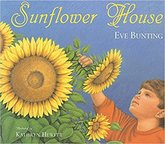
Sunflowers are a favorite flower for children to grow and include many varieties that vary in color and size. For a fun project for the whole family, read The Sunflower House by Eve Bunting and then get some mammoth sunflower seeds and plant your own sunflower house in your yard. At the end of summer, harvest the large seeds they produce and roast them for some healthy yummy goodness. Simply Recipes has a great article on their website, “How to Harvest and Roast (in shell) Sunflower Seeds” that covers the entire process.
One of our favorite “flower” books is the classic The Secret Garden by Frances Hodgson Burnett. To share the story through the years and ages of your children:
Happy planting and reading!
-Kate @ BTBL Author
We are three generations that seek a way to get back to basics. It’s not that we eschew technology, but sometimes simpler is better, especially in raising our children. Mom was a reading teacher, Amanda is an early childhood educator and Kate a children’s literature specialist and former school librarian along with the latest additions, a daughter (now 4) for Kate, and two sons (now 1 and a newborn) for Amanda. We advocate reading aloud, the simple toys that use imagination and encourage creativity and learning in the kitchen, which can be a fun mess but also teaches life skills. Join us in raising healthy, happy, inquisitive and intelligent children.
*Note: this post contains Amazon Affiliate links. Any purchases made via the links provided go to support our literacy efforts.
The long lazy days of summer are soon upon us as well as that much looked forward to break from school. Unfortunately, the summer break can also bring about the summer slide; the tendency for students to lose some of the achievement gains made during the previous school year. Reading and being read to over summer can help alleviate this slide backwards and might even bring about some additional gains so it is imperative to make reading a daily activity. Because most states are now holding children back in the third grade if they do not score proficient in reading, they are being tested upon entering kindergarten. Children are being labeled before they even have a chance to sit in a classroom. Being read aloud to every day (or reading on their own) is the best way to increase reading success. Include visits to your local library to peruse books and to partake of the many activities and story times they offer.
“A library is a good place to go when you feel unhappy, for there, in a book, you may find encouragement and comfort.”
|
-Kate @ BTBL
Author
We are three generations that seek a way to get back to basics. It’s not that we eschew technology, but sometimes simpler is better, especially in raising our children. Mom was a reading teacher, Amanda is an early childhood educator and Kate a children’s literature specialist and former school librarian along with the latest editions, a daughter for Kate (now 3) and a son for Amanda (now 1.) We advocate reading aloud, the simple toys that use imagination and encourage creativity and learning in the kitchen, which can be a fun mess but also teaches life skills. Join us in raising healthy, happy, inquisitive and intelligent children.
Author
We are mom Sandra and daughters Amanda and Kate, all with backgrounds in literacy and education, who want to share our philosophy of taking the basics of life; books, simple toys that encourage play, imagination and creativity, and using cooking and baking to teach math and real life skills to raise happy, inquisitive children. Join us in exploring the old and the new and sifting through the myriad of research to consider what is best for our children.
Archives
June 2022
January 2022
November 2021
September 2021
July 2021
March 2021
February 2021
January 2021
November 2020
October 2020
September 2020
August 2020
July 2020
June 2020
May 2020
April 2020
March 2020
February 2020
January 2020
December 2019
November 2019
October 2019
September 2019
August 2019
July 2019
June 2019
May 2019
April 2019
March 2019
February 2019
January 2019
December 2018
November 2018
September 2018
August 2018
July 2018
June 2018
May 2018
April 2018
March 2018
February 2018
January 2018
December 2017
November 2017
October 2017
September 2017
July 2017
April 2017
September 2016
August 2016
Categories
All
ABC Books
Alphabet Books
Arbor Day
Autumn/Fall
Background Knowledge
Back To School
Ballet Books
Banned Books Week
Board Books
Book Advent Calendar
Book Finds
Book Quotes
Books
Book Sales
Bookworm Bakers
Boredom
BTBL Rocks
Bugs/Insects
Calendars
Censorship
Children's Book Week
Christmas
Coloring
Cooking
Creativity
Dewey Decimal System
Dr. Seuss
Early Literacy
Earth Day
Easter
Environmental Print
Extended Activities
Fairy Gardens
Fairy Tales
Family Literacy Month
Farmers Markets
Flowers
Gardening
Get Caught Reading Month
Gratefulness
Halloween
Hands-On
Hanukkah
Holidays
Homeschooling
Imaginative Play
Inspiration
Intellectual Freedom
Kids In The Kitchen
Kindergarten
Kindness
Kindness Rocks Project
Language
Learning
Libraries
Library Card Sign-up Month
Magnets
Manners & Etiquette
Math
Natural Playgrounds
Natural Reader
Nature
New Year Resolutions
Number Books
Nursery Rhymes
Outdoor Play
Picture Books
Play
Poetry
Puzzles
Read Across America
Reading
Reading Aloud
Reading Comprehension
Reading Month
Repetition
School Libraries
Screen Free Week
Spring
STEM
Storytelling
Storytime
Summer
Summer Slide
Teaching
Tell A Fairy Tale Day
Thanksgiving
Toys
Unplug
Used Books
Valentine's Day
Vocabulary
Winter
Winter Books
Words & Word Play
World Read Aloud Day
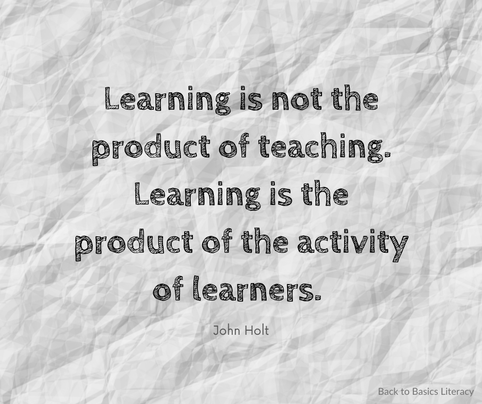


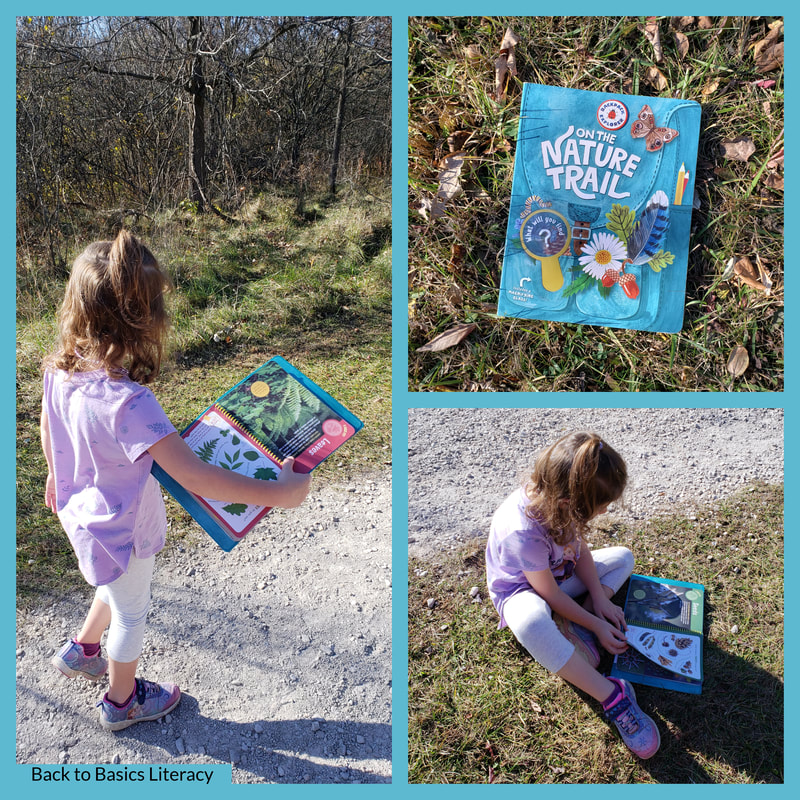
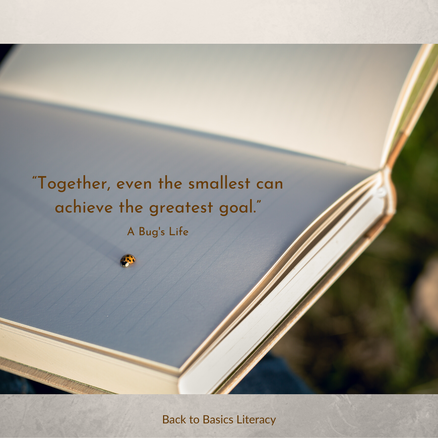
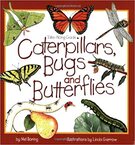
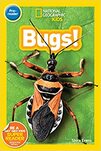
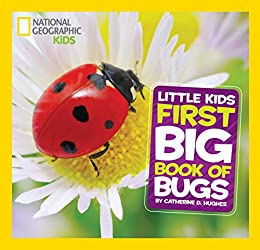
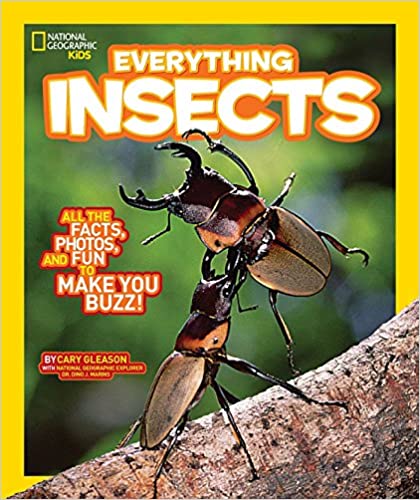
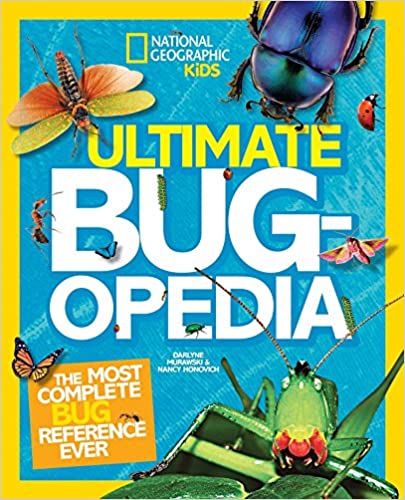
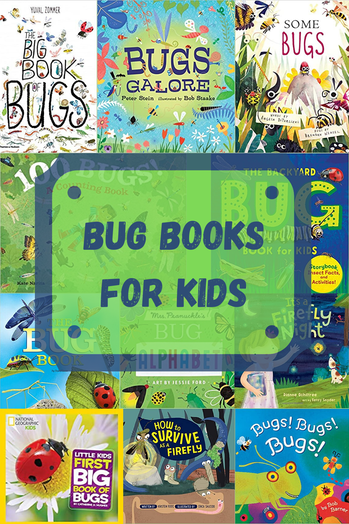
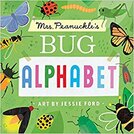
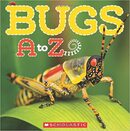
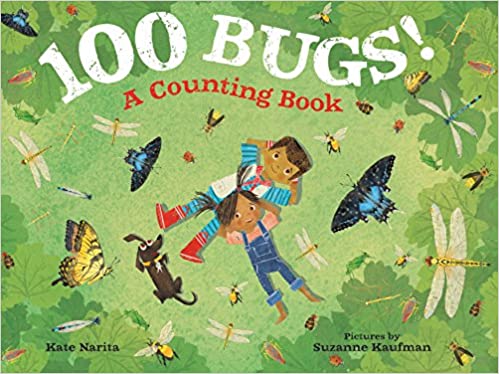
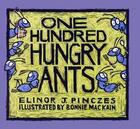
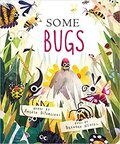
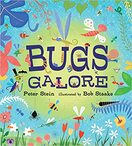
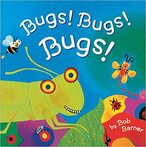
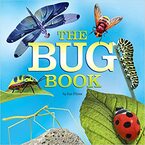
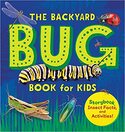
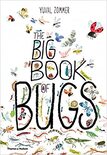
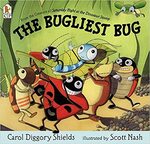
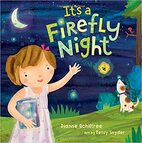
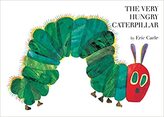
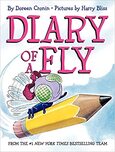
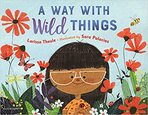
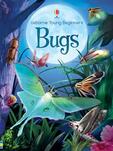
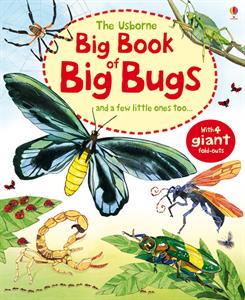
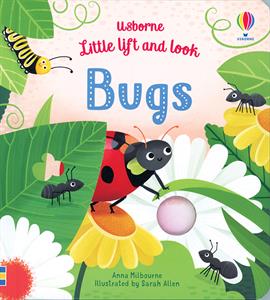
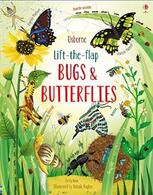
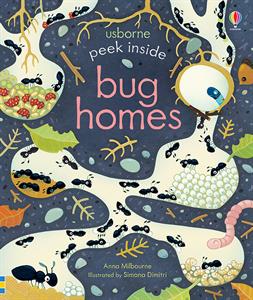
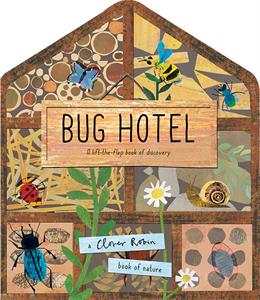
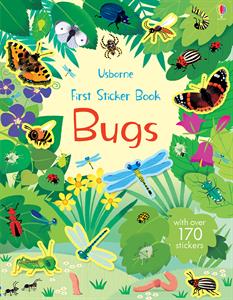
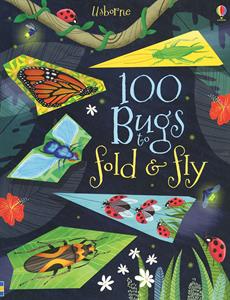
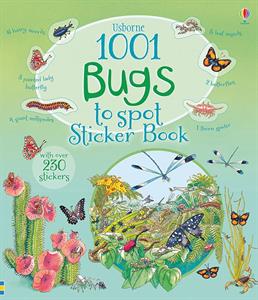
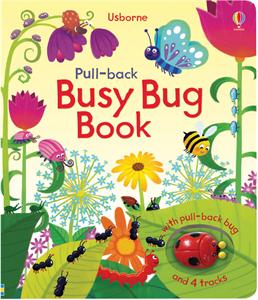
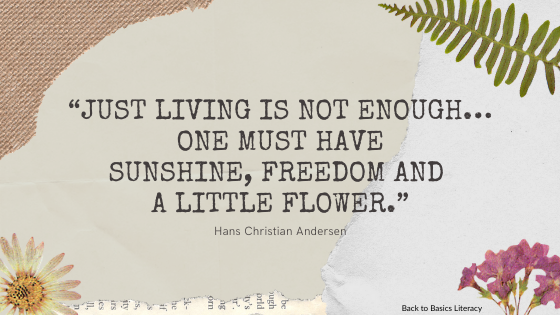
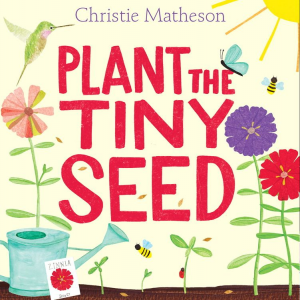
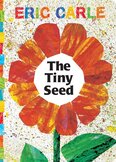
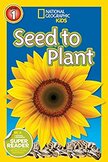
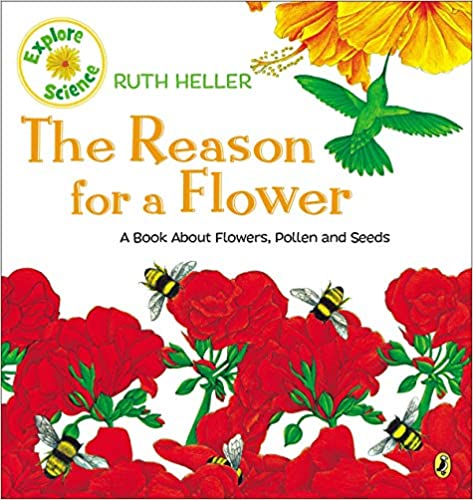
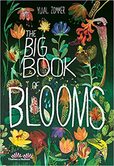
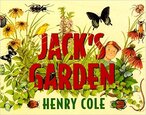
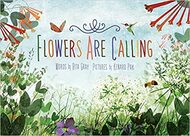
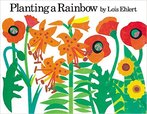
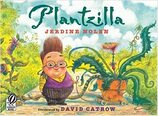
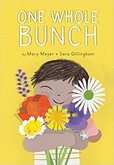
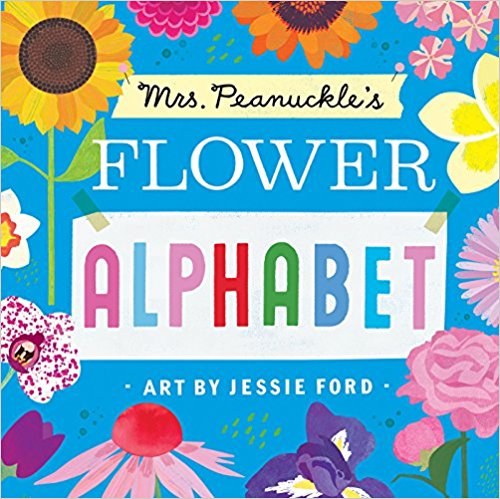
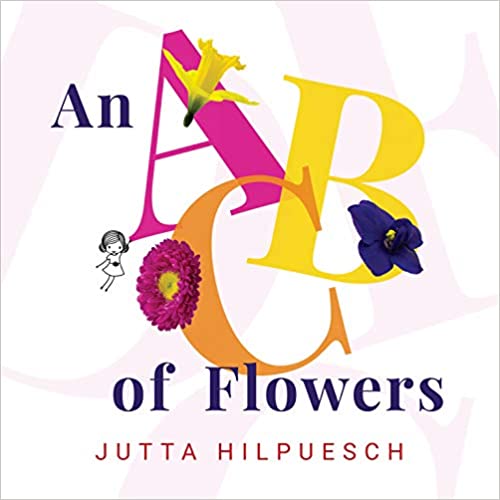
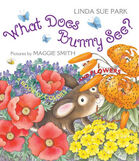

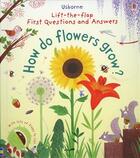
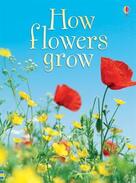
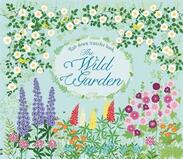
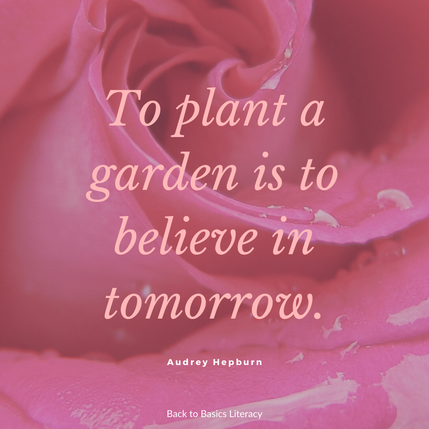

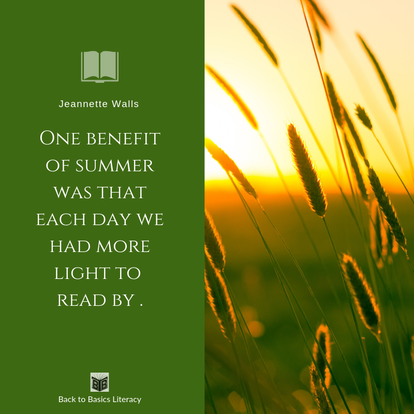
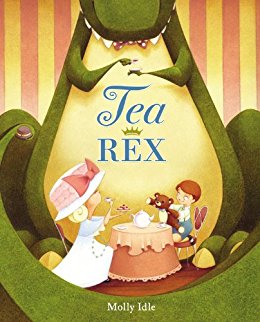
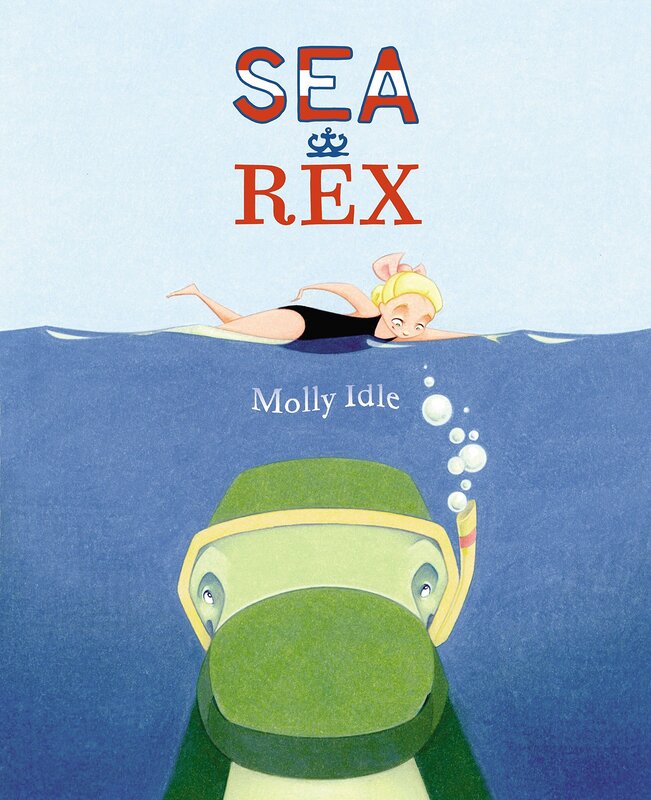
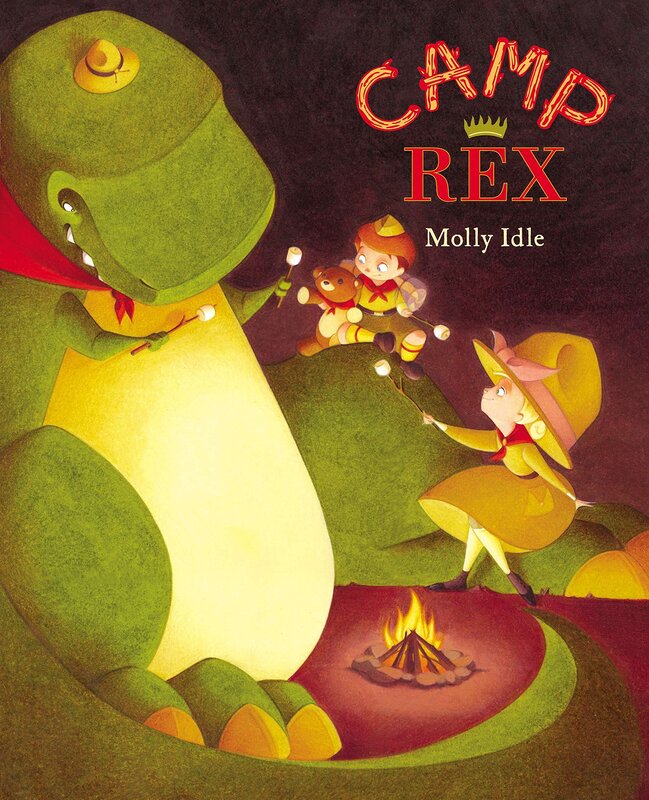
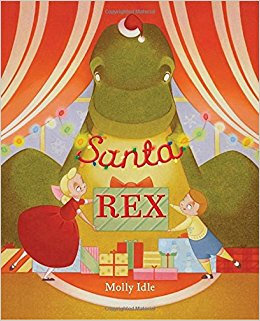
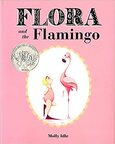
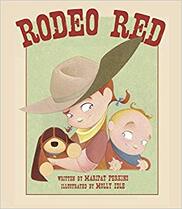
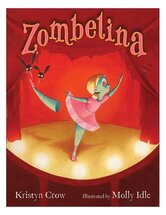
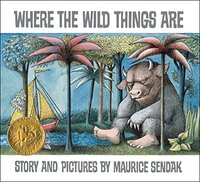
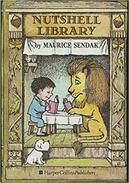
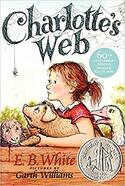
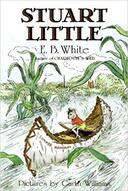
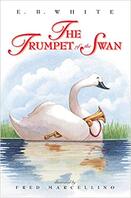
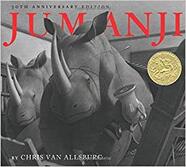
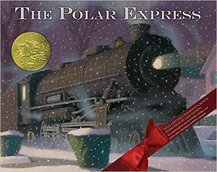
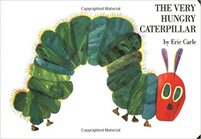

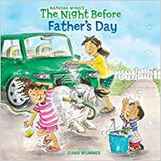
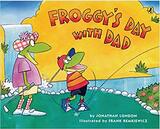
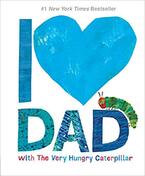
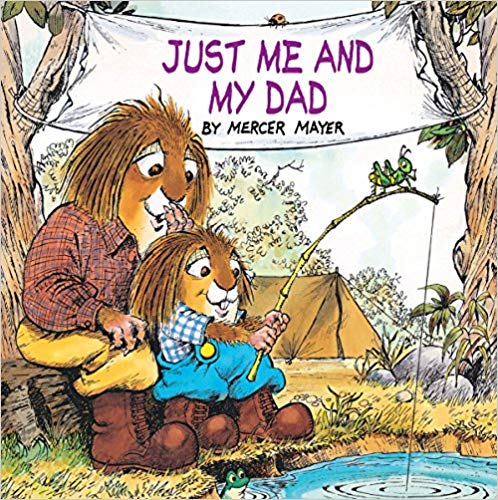
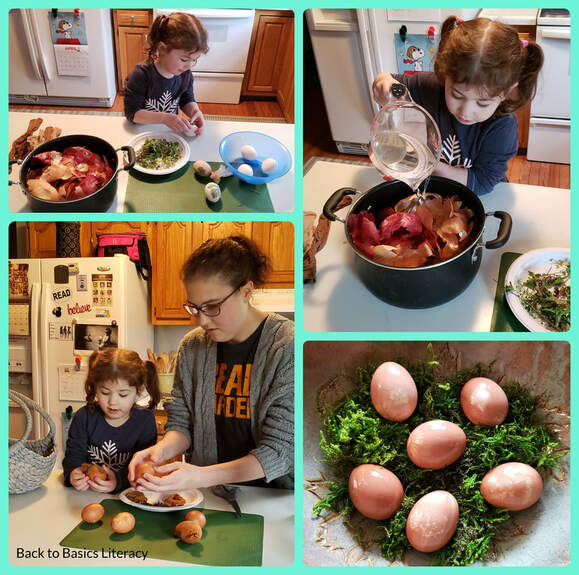
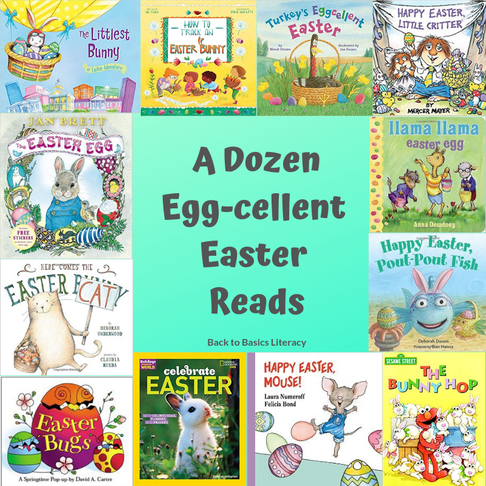
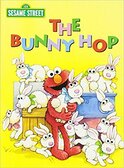
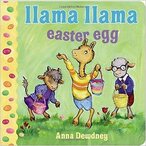
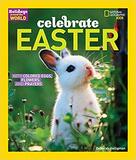
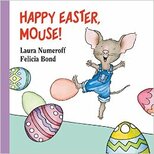
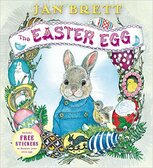
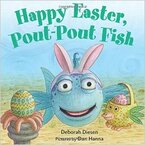
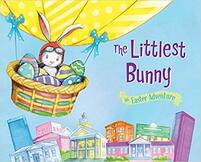
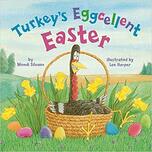
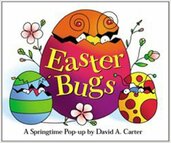
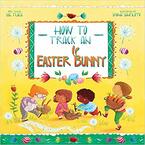
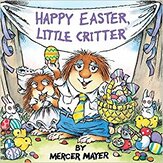
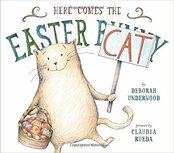
 RSS Feed
RSS Feed